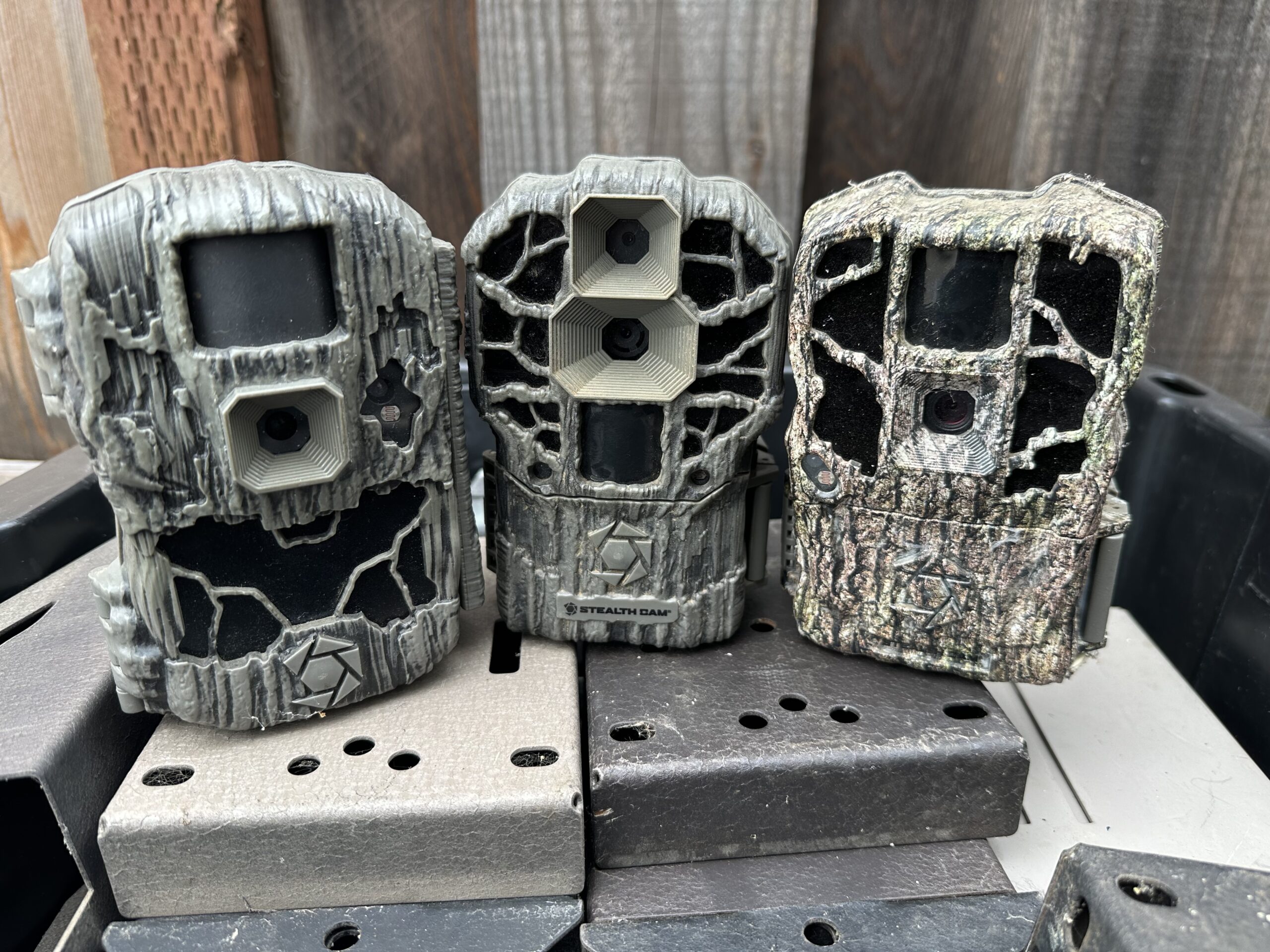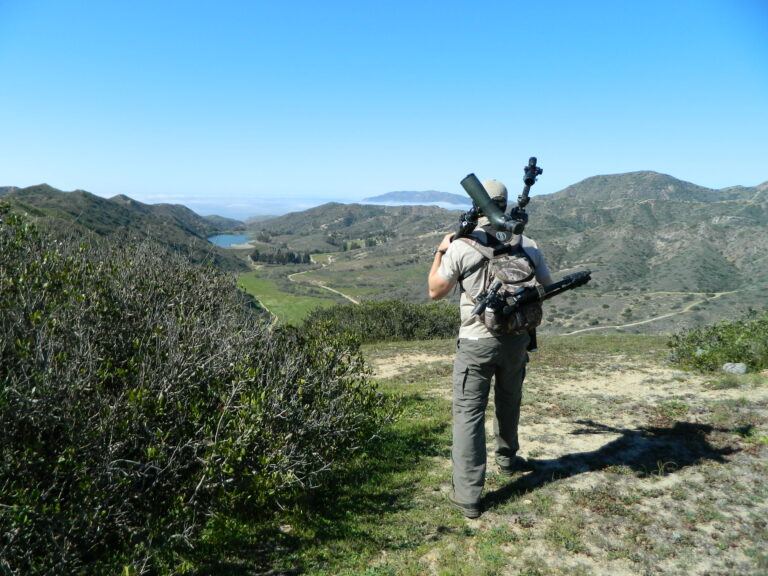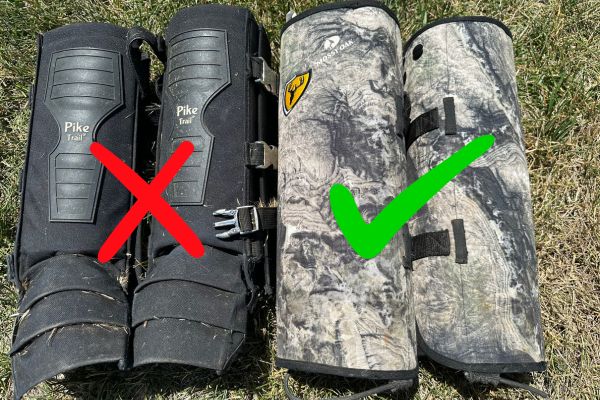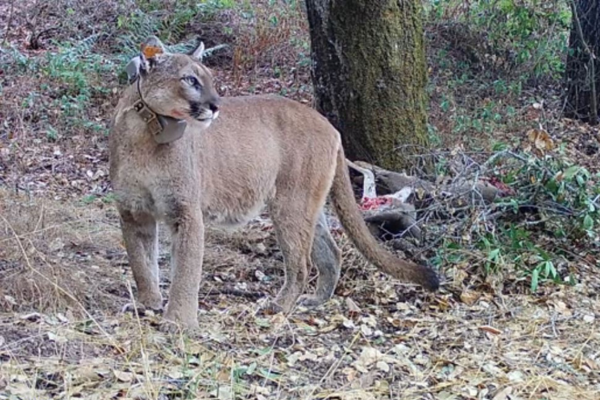Stealth Cam Trail Cameras – 5 Reasons Not to Buy One
Over the years, I have maintained hundreds of trail cameras of varying brands and models and have found Stealth Cam trail cameras to be among the most unreliable.
In this article, I will detail five issues I have had with three different models of Stealth Cam trail cameras and share with you which trail cameras (traditional and cellular based) I currently prefer to use for my research and monitoring efforts.
Stealth Cam Trail Cameras – The 3 Models I Have Used
My experience with Stealth Cam trail cameras is not limited to one camera or even one model. An organization I work for purchased more than 65 Stealth Cam trail cameras (3 different models) and the associated security boxes and SD cards.
I was hired to deploy and maintain several of these cameras on newly purchased conservation properties to assess wildlife presence and movements in each area. Unfortunately, several consistent issues surfaced among all three models as we began servicing the cameras.
Although we did collect some amazing footage with a few of the Stealth Cam trail cameras, and the video quality is quite impressive, particularly at night (check out our Mountain Lions in the Oaks and Breakdancing Wild Badger videos for reference), it pains me to think of all of the footage that may have been missed because these cameras did not perform correctly.
5 Reasons Not to Buy a Stealth Cam Trail Camera
1) Frequent Malfunctions – False Triggers or Non-Operation
If you’ve operated trail cameras for any time, you have learned the painful lesson of swaying grass or tree branches, triggering your camera’s motion sensor, and quickly blowing out your SD card.
Clearing the view area of vegetation and adjusting the motion sensor sensitivity are the general fixes for this phenomenon, but what if your camera randomly triggers for no apparent reason? That has been the case with several Stealth Cam trail cameras we have used.
Before you try to diagnose the issue, we used the Stealth Cam brand-provided SD cards compatible with these cameras; yes, the camera programming was correctly completed, and nothing was moving in the sensor area that we didn’t detect.
While processing the SD cards, we frequently observed instances in which the cameras took photos or recorded videos systematically, every 5 seconds, for example, or every minute until the SD card was full. This was not, however, what the camera had been programmed to do. In many cases, the camera worked properly for a few days, falsely triggered for a few hours, and then returned to regular operation.
In other instances, the cameras did not trigger at all, even after testing and confirming that they were working correctly before leaving the site. In cases where we could only service the cameras once every four to six weeks, we had considerable gaps in our data and countless missed opportunities.
2) Frequent Glitches – Default Settings Reset or Blank Screens
Although we experienced other types of glitches, these were the most prominent. After programming the cameras and having them operate appropriately for a while, at some point, they would automatically return to their default settings.
This would mean, among other things, that the time and date were wrong, the camera name would default back to ‘Stealth Cam,’ the cameras collected photos when we wanted videos, or they blew out the SD cards on day images when we specifically programmed them to only operate at night.
Another common issue was that areas of the display screen would blank out, making it impossible to program the cameras. For instance, the display would work fine while setting some functions, such as the time or date, but as you scroll through the settings, the upper portion, which provides the function title, or the lower portion, which projects the available settings, would be blank.
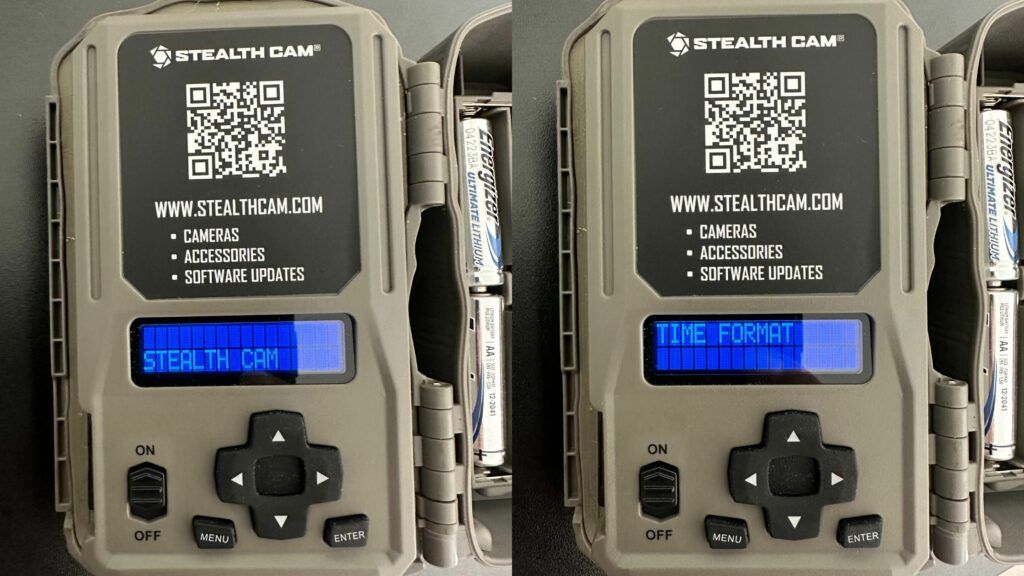
3) Power Issues – Uneven Battery Drain
In identical conditions and when programmed similarly, the batteries in our Browning cameras lasted more than twice as long as the ones in our Stealth Cam trail cameras. Even the DSK4U model, which holds 12 batteries, seldom lasted more than a month.
Although many things can affect power use, upon testing the batteries collected from “dead” Stealth Cam cameras, we discovered that only one or two were drained, and the remaining six to 10 batteries were still registering a full charge.
4) Time Drift
I have noticed some time drift on nearly every type of trail camera I have used, but Stealth Cam cameras are by far the worst. The clocks on the Stealth Cams run fast and can be off by several minutes within a few days.
This may not be a huge issue for most users, but it can be problematic when tracking animals across distances, such as through culverts or under bridges. If cameras do not stay in sync, it can be challenging to confirm that an animal in one location is the same one detected in another.
5) There is Nothing Stealth About a Stealth Cam Trail Camera
While other trail camera brands are cramming more technology into smaller packages, Stealth Cam appears to be making their cameras larger, less discreet, and less efficient. Stealth Cam trail cameras are bulky, archaic, and conspicuous compared to other trail cameras offering equivalent or superior features, such as a large color viewing screen.
Stealth Cam also frequently discontinues its models, presumably to avoid negative reviews, and it does not make its security boxes compatible with multiple camera models.
The Trail Cameras We Currently Use & Prefer
I was introduced to the Browning Recon Force Patriot trail camera while assisting the UC Davis Wildlife Health Center (WHC) with a mountain lion hair snare cubby project in the Santa Ana Mountains of southern California. We utilized two cameras per cubby site and maintained 60 sampling stations (120 cameras total).
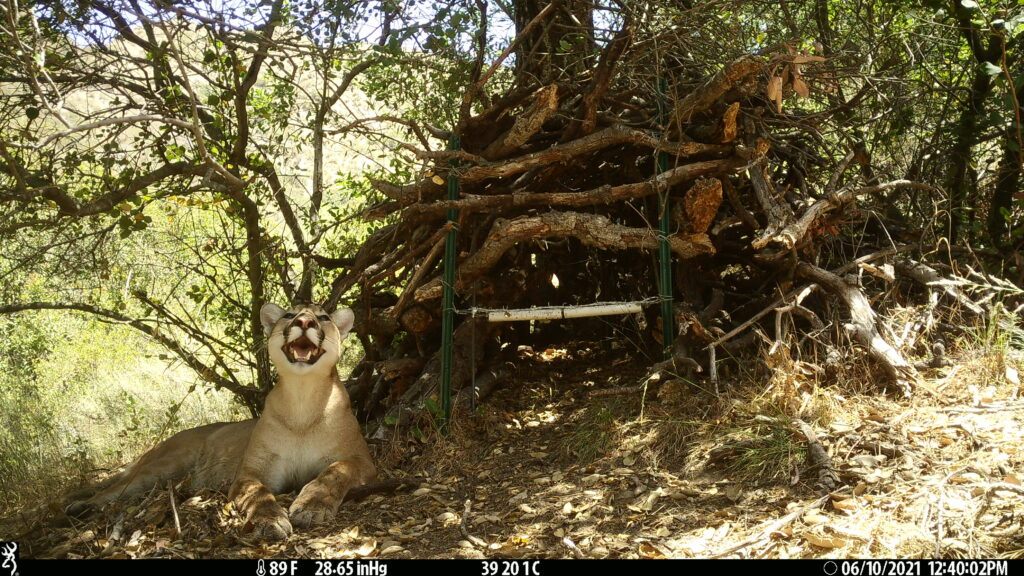
Throughout the four-month study, all but two cameras performed as advertised, and Browning replaced the two that did not work correctly free of charge. After the study, the cameras were redeployed on various other WHC projects, and last year, I began maintaining 30 of them on a mountain lion research project in the Gabilan Mountains in central California.
After communicating our issues with the Stealth Cam trail cameras, my client asked me to recommend a replacement. I reached out to my colleagues working on other mountain lion and wolf projects throughout California to get their feedback, and the consensus was that higher-end Browning cameras were the most reliable.
No one else in the group had heard of Stealth Cam, and older Bushnell trail cameras and a brand called Spypoint were listed as cameras to avoid.
Given my experience with the Browning Recon Patriot, I recommended it to my client, who has since purchased several. Most of the wildlife videos currently posted on my Facebook, Instagram, Twitter, and YouTube pages were recorded with the Browning Recon Patriot, which has unfortunately been discontinued, but it is still available in some places.
I will do a complete review of the Browning Recon Patriot trail camera at some point. They are not perfect, but they are very reliable. Nighttime imagery can sometimes be a little graining, and we have also noted that a few Patriot cameras record a whining sound during night videos, presumably associated with the lights or microphone sensitivity.
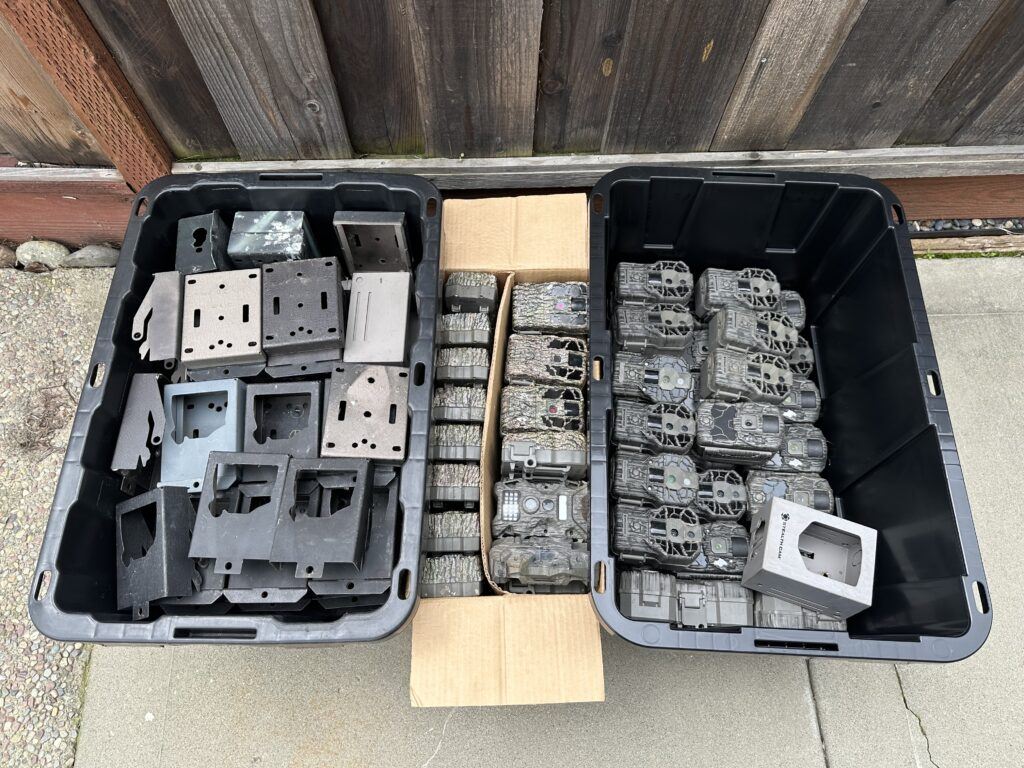
Our Favorite Cellular Trail Camera
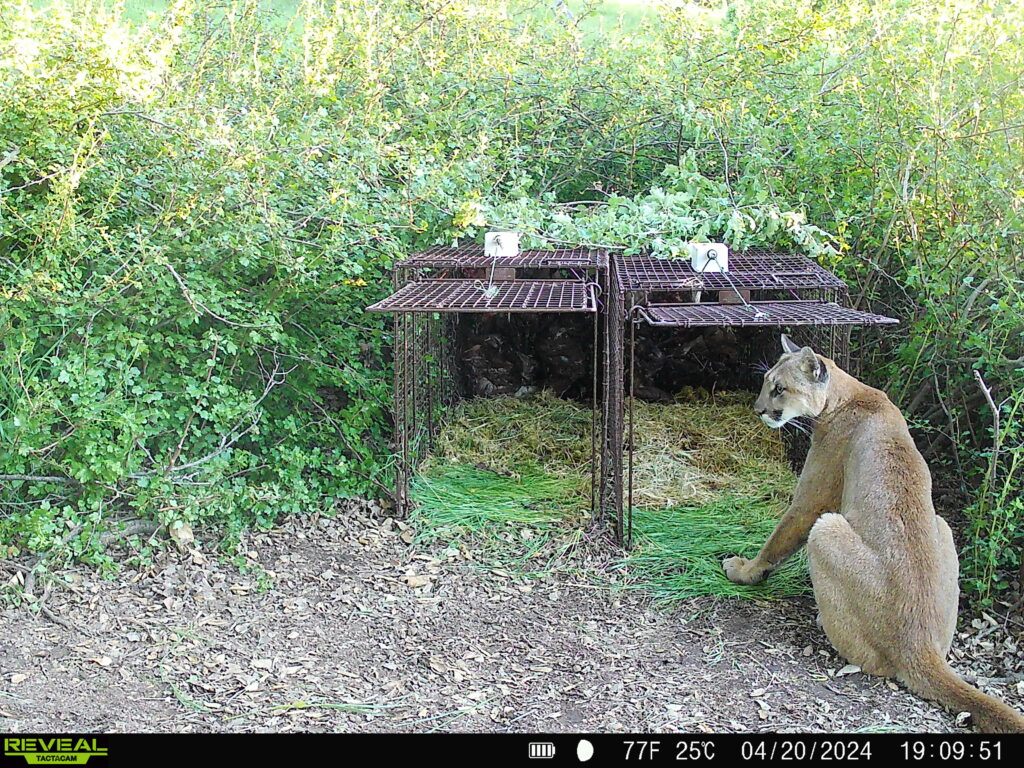
Again, I will do a complete review at some point, but the Tactacam Reveal Gen X 2.0 Cellular Camera has proven to be an excellent cell-based trail camera. We use them to monitor elk and mountain lions in real-time to assist with our baiting and capture efforts. I currently maintain more than 20 in the field and will deploy more this fall.
In addition to the Tactacam Reveal Gen X 2.0 Cellular trail cameras, some of my colleagues also use the Covert Blackhawk LTE cellular trail cameras and have suggested that these are comparable options. The Tactacam cameras were given a slight edge, as they are believed to have stronger cell signal capabilities and are quite a bit cheaper.
Where to Buy Browning and Tactacam Cameras & Accessories
Amazon often offers the Browning and Tactacam Reveal cameras as part of a package with compatible SD cards, batteries, and security boxes at a lower price than purchasing just the camera elsewhere. As a Prime member, I also save with their free shipping.
I have also purchased Browning cameras and security boxes from B&H Photo Video, and they occasionally offer better deals than Amazon on some related products. You can, of course, go directly to the Browning or Tactacam websites to make a purchase.
Have you used Stealth Cam trail cameras? How would you rate them? What is your favorite trail camera? To assist others interested in selecting a quality trail camera, please consider sharing your experience by commenting below.
Visit my Amazon store to access more of my Favorite Field Gear and other recommended products. I may earn a small commission on some of the products purchased through links on this website. There is no additional cost to you, and a portion of the funds will be donated to mountain lion conservation in California.
Thank you for visiting WildlifeDetections.com. Check back often for new content or subscribe to my newsletter to receive updates on new articles, and if you have enjoyed this post, please don’t hesitate to share.

